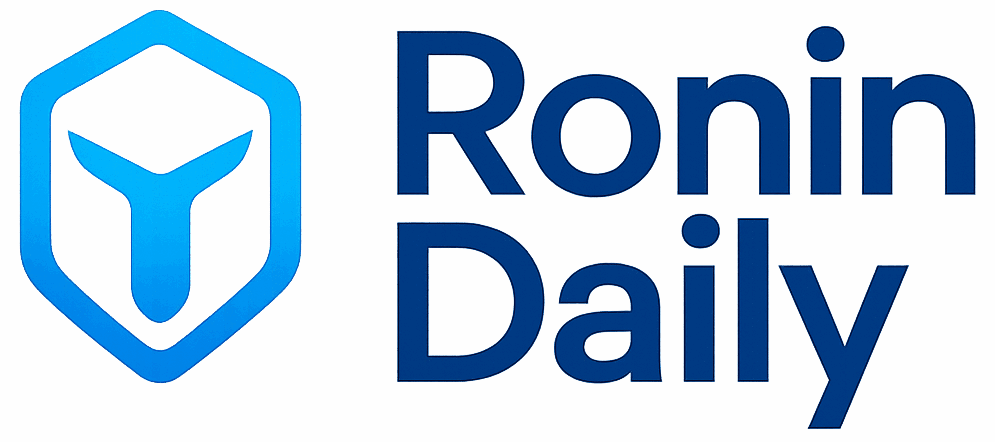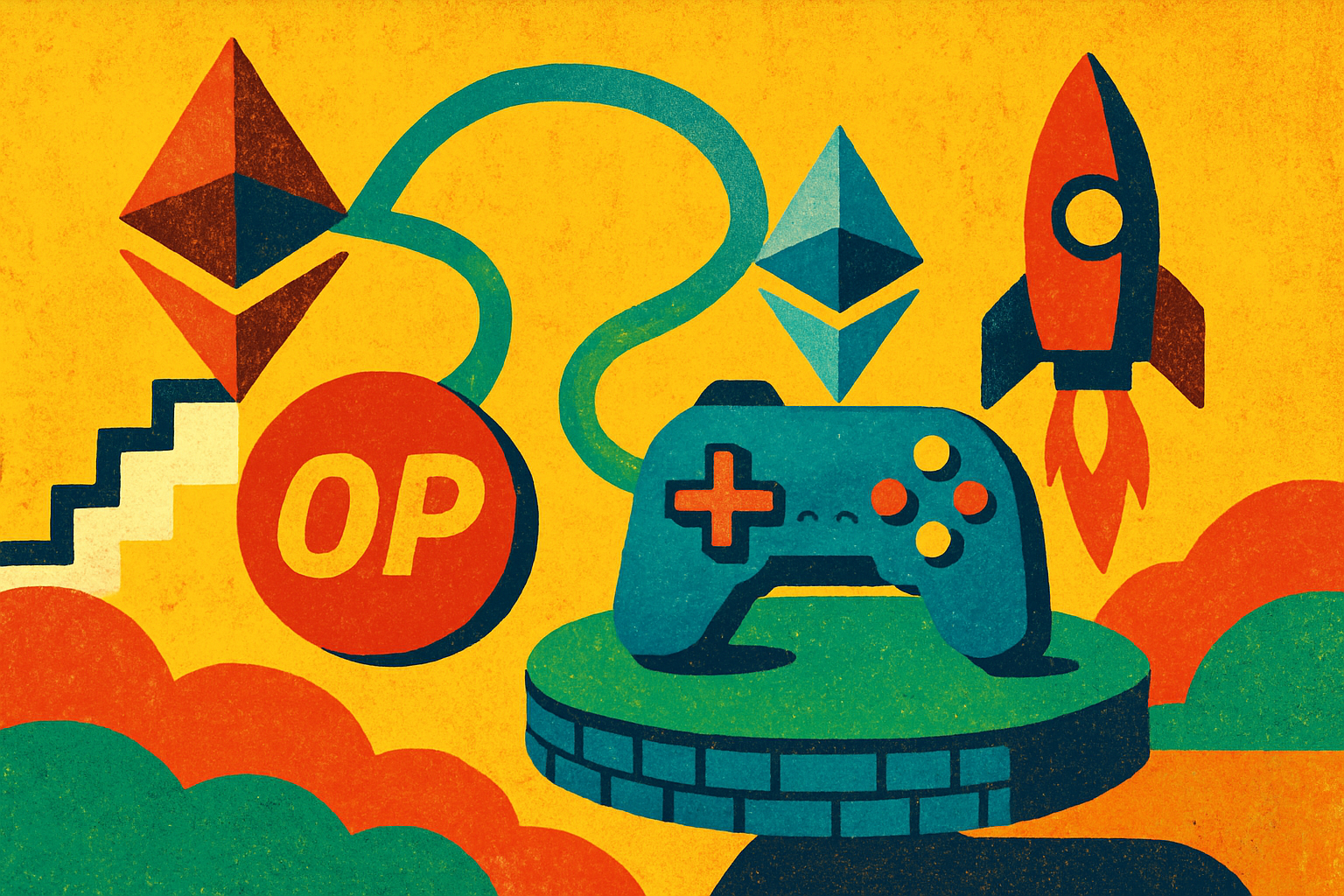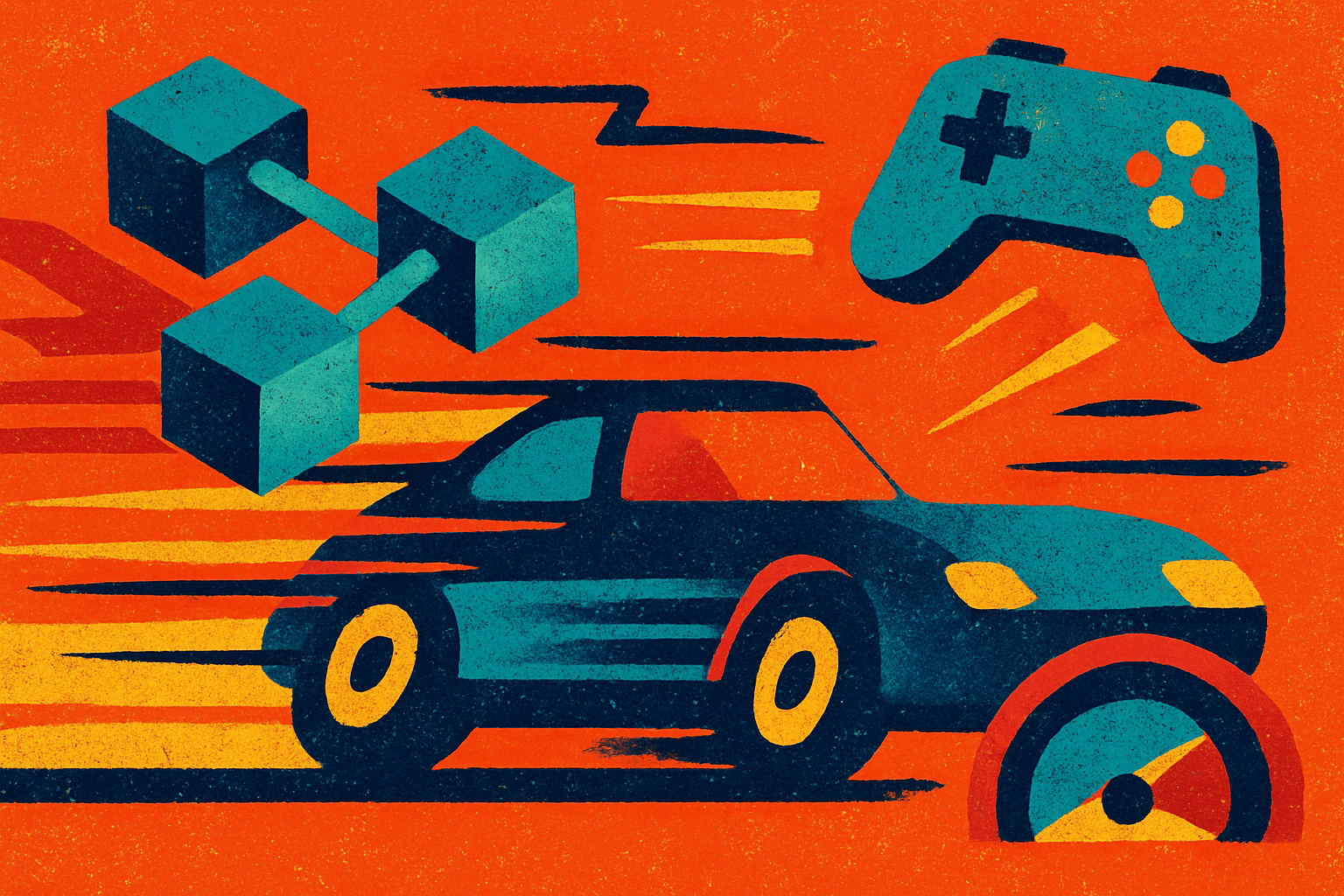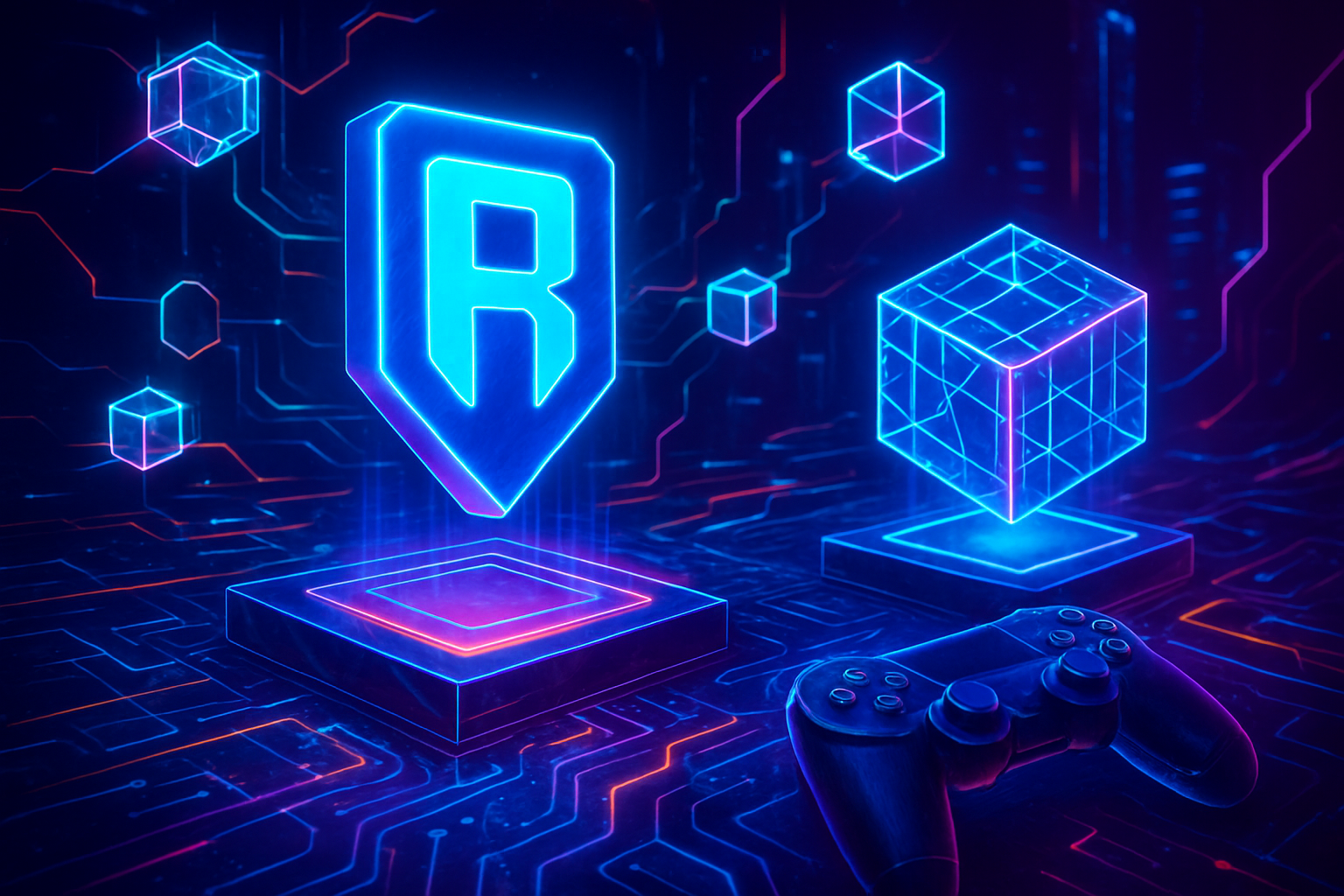
Web3 gaming has always promised a new era of digital ownership and player-driven economies, but the reality is that scalability bottlenecks have held the sector back. Transaction congestion, high gas fees, and fractured gaming ecosystems have made seamless play and asset transfers a challenge, until now. The arrival of Ronin zkEVM rollup technology is fundamentally changing the landscape, giving developers and players the tools needed to build and scale truly interconnected gaming worlds.
Ronin zkEVM Rollup: The Engine Powering Next-Gen Gaming
Ronin’s new zero-knowledge Ethereum Virtual Machine (zkEVM) rollup is not just another Layer 2 solution. Built with the Polygon Chain Development Kit (CDK), it enables a unified gaming ecosystem where assets, tokens, and NFTs can move effortlessly between Ronin’s Layer 1 and its rapidly expanding Layer 2 game chains, all while keeping gas fees minimal.
With the integration of zkEVM, Ronin now supports up to 40 million transactions per day, and its roadmap aims to scale to hundreds of millions, even billions, daily. This is not theoretical: these numbers are being realized in production, as Ronin’s infrastructure is stress-tested by high-volume games and a growing community of developers.
At the time of writing, Ronin (RON) is trading at $0.4039. This price reflects the confidence of both users and developers in Ronin’s ability to deliver on its scalability promises.
Why zkEVM Matters for Web3 Gaming Scalability
Zero-knowledge rollups represent a leap forward for blockchain gaming. Unlike optimistic rollups that require long withdrawal times and can be vulnerable to fraud proofs, zkEVM rollups use cryptographic proofs to instantly verify large batches of transactions off-chain before committing them to Ethereum. This allows for:
- Blazing transaction speeds: Finality times as low as 100 milliseconds, a game-changer for fast-paced multiplayer experiences.
- Dramatically lower gas costs: By batching thousands of transactions, players can trade NFTs or swap tokens across games with negligible fees.
- True composability: Developers can launch custom game chains atop Ronin L2, fostering modularity and interoperability between titles.
The result? A frictionless player experience where assets flow freely, onboarding is seamless, and studios no longer have to compromise on gameplay for the sake of blockchain limitations.
Ronin OP Stack: Building a Decentralized Gaming Superhighway
Ronin’s adoption of the OP Stack, an open-source development stack from Optimism, cements its status as a core player in Ethereum’s L2 ecosystem. By layering zkEVM technology on top of the OP Stack, Ronin delivers both proven scalability and next-level user experience.
This dual approach means game studios can now deploy their own custom chains within the Ronin ecosystem, leveraging shared security and liquidity while maintaining autonomy over their game logic and economies. It’s an architecture designed for scale and resilience, capable of supporting everything from indie titles to blockbuster franchises.
According to Ronin’s official blog, this modular approach is already attracting top studios looking to build sustainable and interconnected Web3 worlds. The integration with Polygon’s CDK further enhances developer support and access to a broader gaming ecosystem.
Key Market Data: RON Price Holds Steady Amid Network Growth
Despite broader market volatility, Ronin’s native token RON remains resilient, currently priced at $0.4039. This stability is notable given the recent surge in network activity and the rollout of zkEVM, demonstrating market confidence in Ronin’s scaling roadmap and technology stack.
Key Benefits of Ronin zkEVM for Web3 Games
-
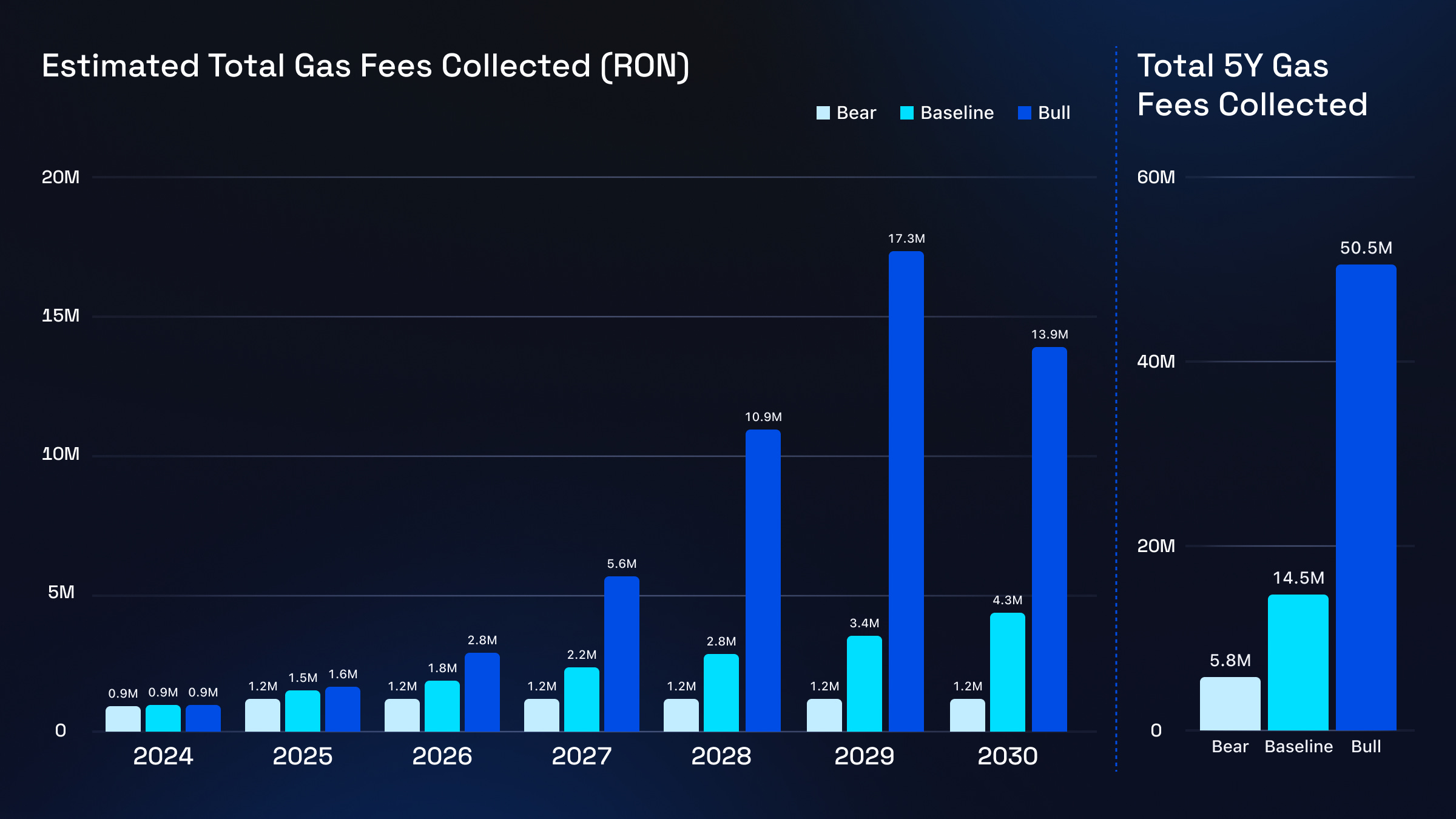
Massive Scalability: Ronin zkEVM enables the network to process up to 40 million transactions per day, with future plans to scale to hundreds of millions or even billions, supporting high-volume Web3 gaming experiences.
-
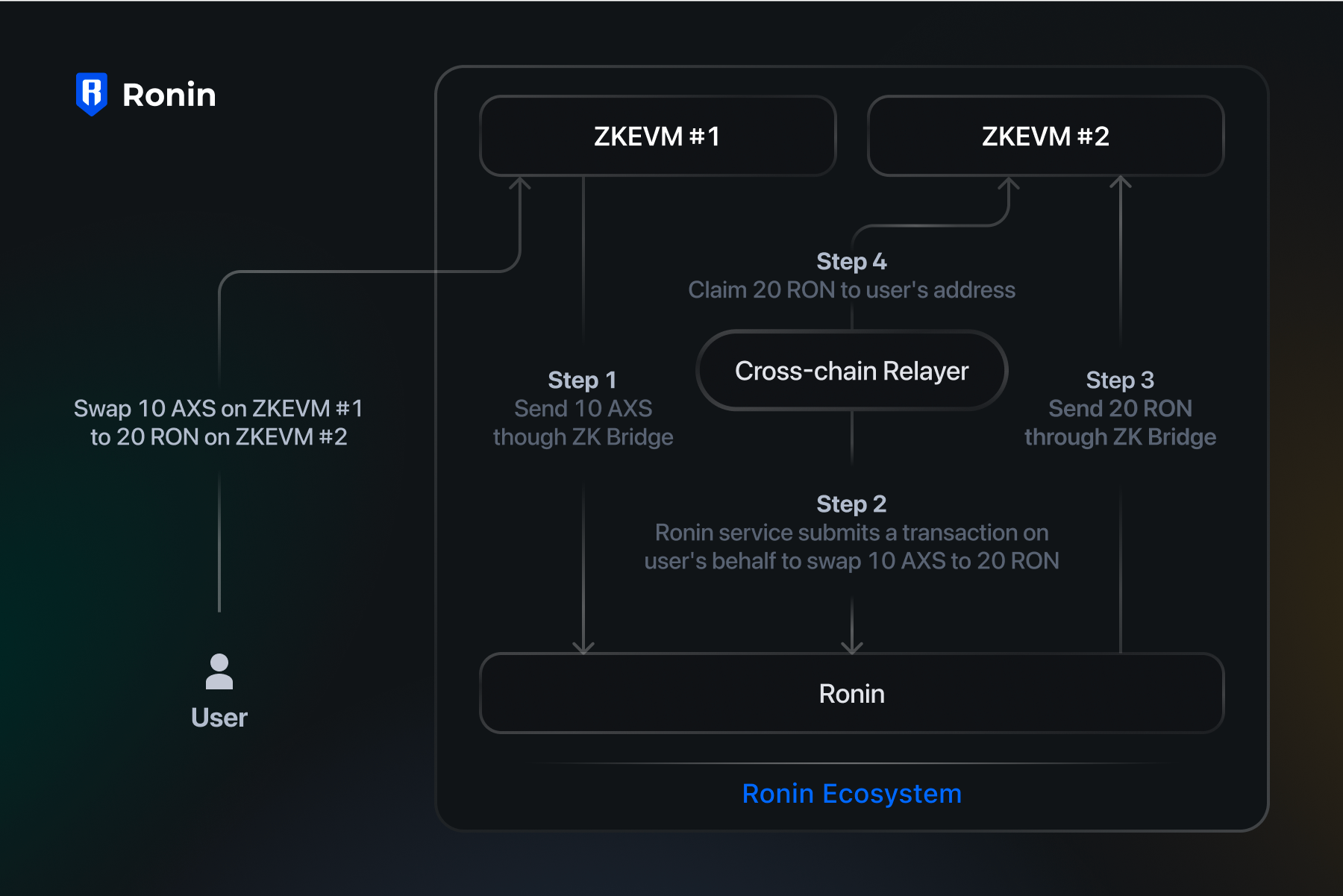
Low Gas Fees: By leveraging zero-knowledge proofs and Layer 2 technology, Ronin zkEVM significantly reduces transaction costs, making in-game asset transfers and NFT trading affordable for players and developers.
-
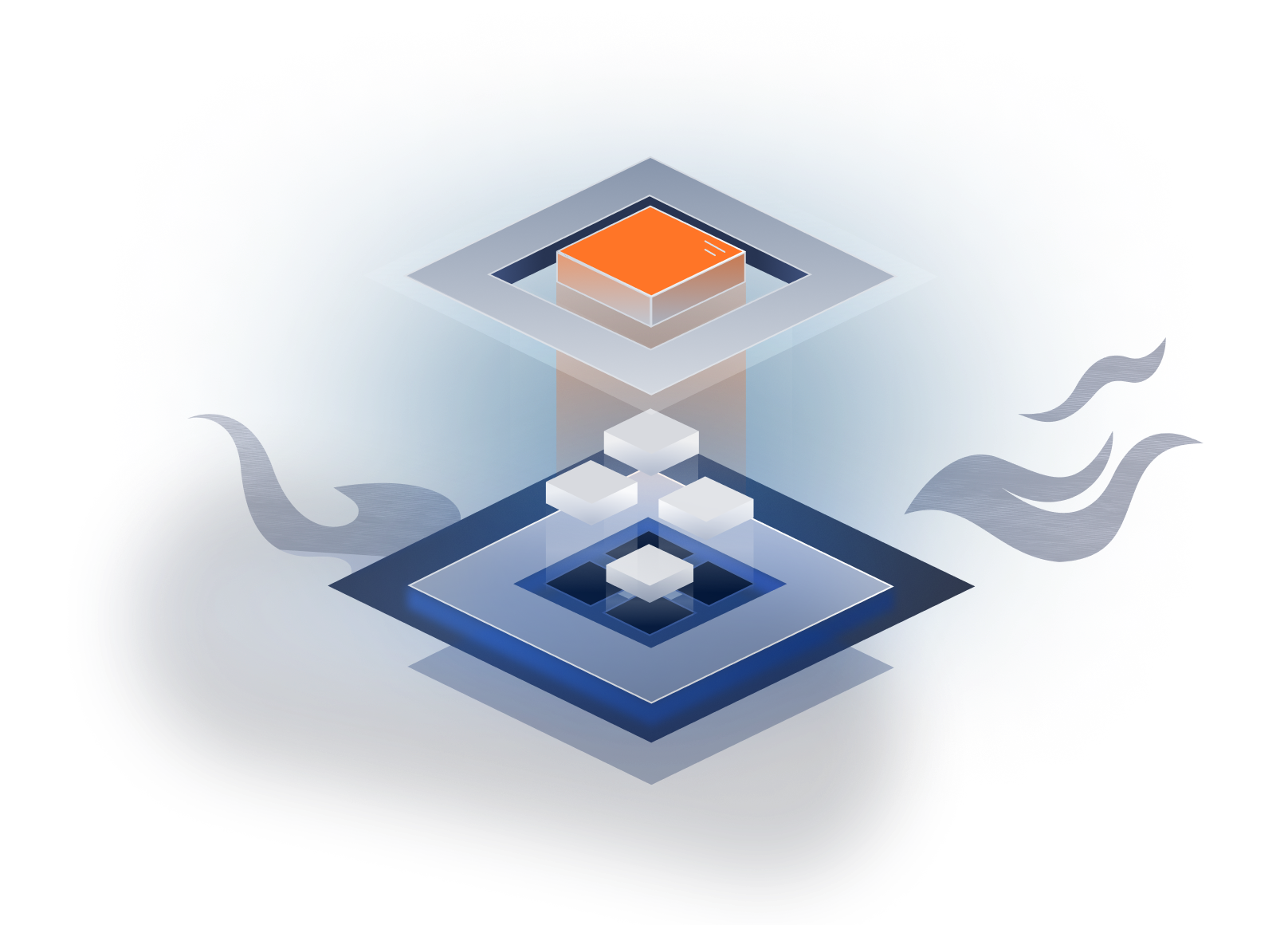
Seamless Cross-Chain Asset Transfers: The unified gaming ecosystem on Ronin allows effortless movement of assets, tokens, and NFTs between Layer 1 and Layer 2 games, enhancing player experience and interoperability.
-
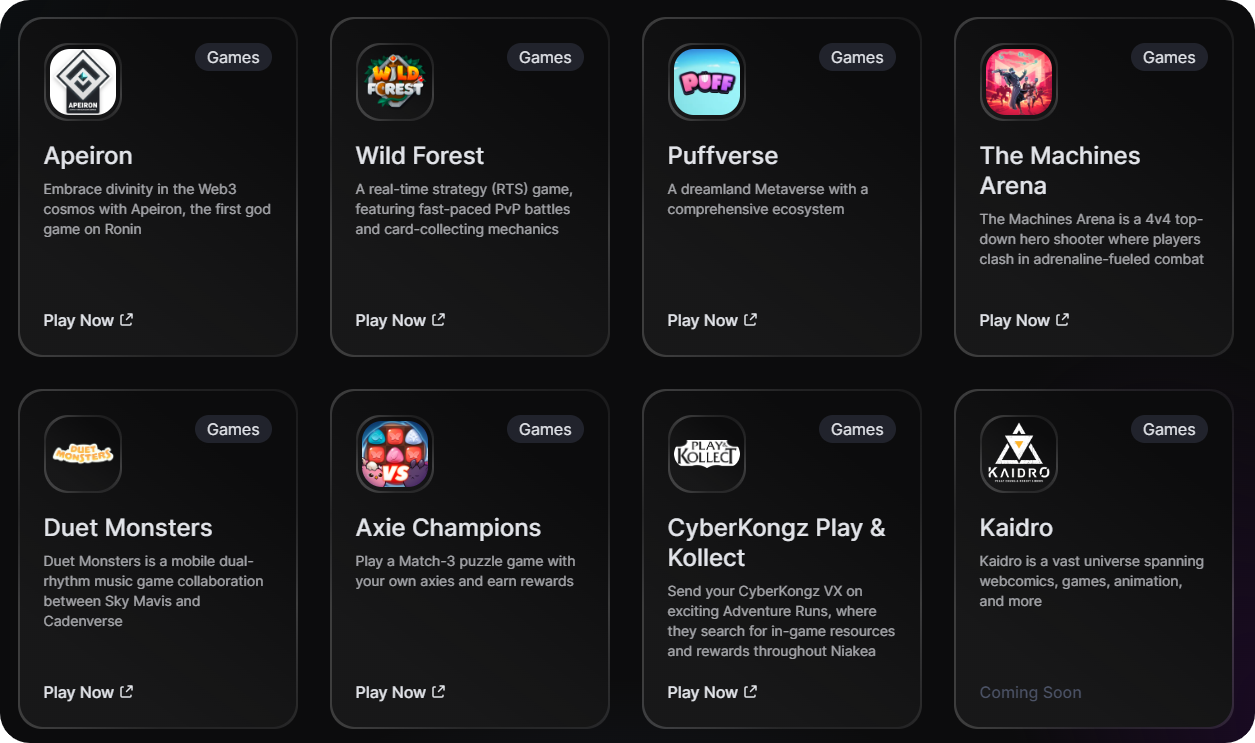
Enhanced Developer Flexibility: Developers can launch their own Layer 2 chains atop Ronin, fostering a more decentralized ecosystem and enabling tailored gaming experiences.
-
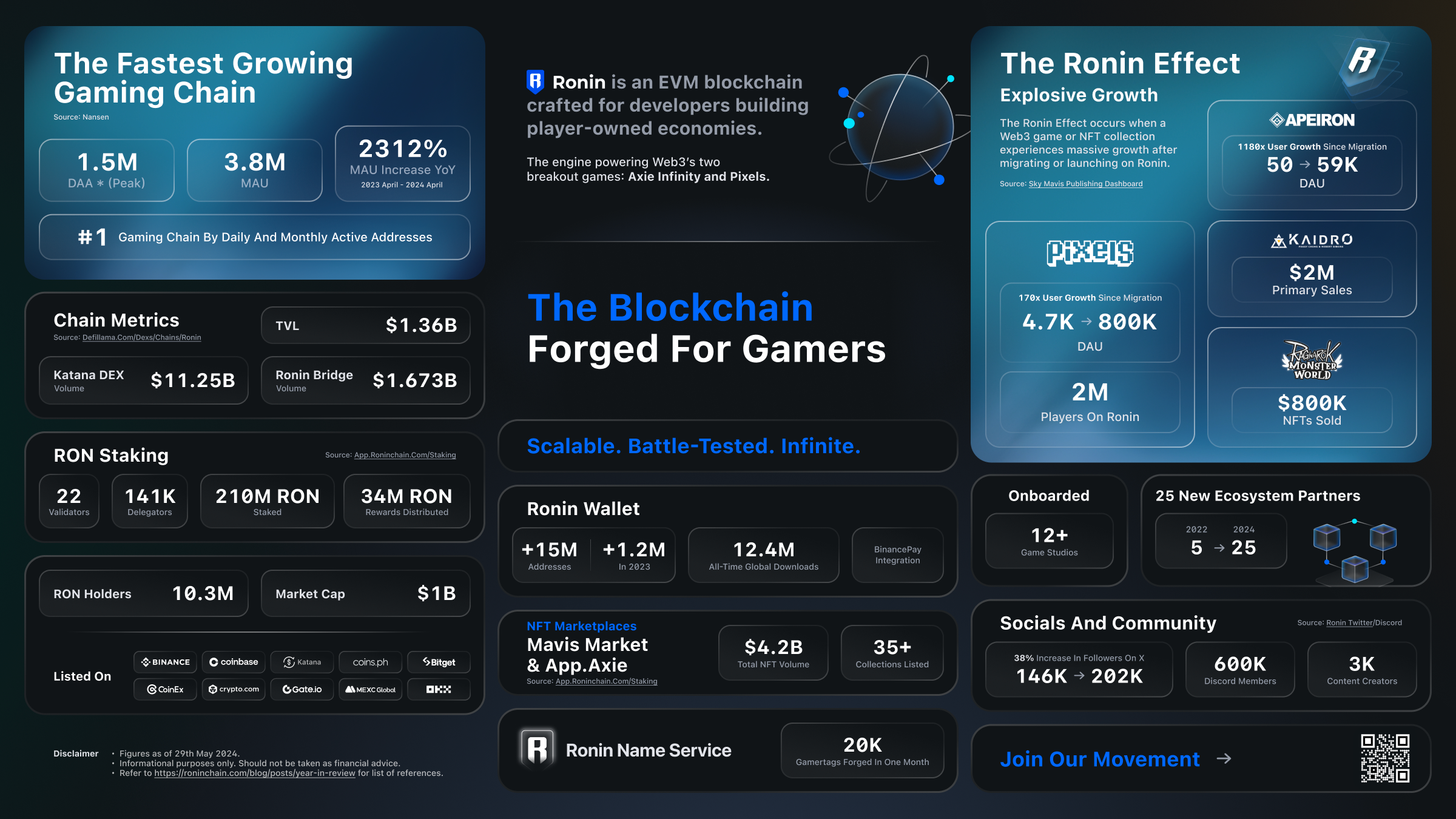
Improved User Experience: With transaction finality slashed to under 100ms and simplified onboarding, gamers enjoy faster, smoother gameplay and interactions across the Ronin network.
-
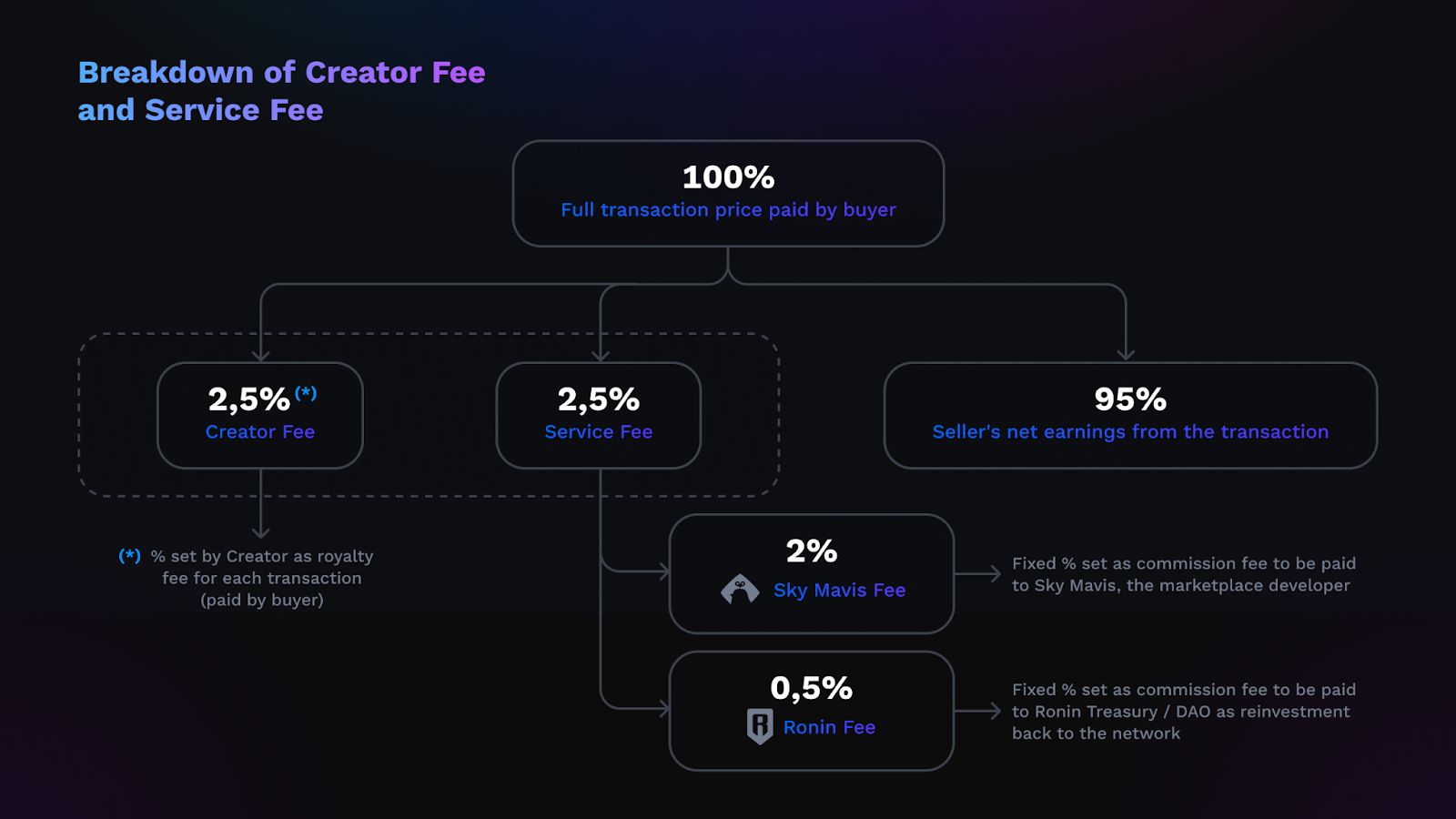
Strong Ethereum Compatibility: Built using Polygon CDK and integrated with the OP Stack, Ronin zkEVM ensures robust compatibility with the Ethereum ecosystem, attracting established projects and liquidity.
The next section will dive deeper into real-world use cases, developer adoption trends, and what this means for the future of blockchain gaming ecosystems.
One of the most compelling aspects of the Ronin zkEVM rollup is its impact on live gaming environments. Studios no longer need to architect around blockchain limitations; instead, they can focus on delivering high-fidelity, interactive experiences. Games like Axie Infinity and other upcoming titles are already leveraging Ronin’s infrastructure to enable real-time asset swaps, in-game NFT minting, and seamless cross-game economies, all with near-zero friction for players.
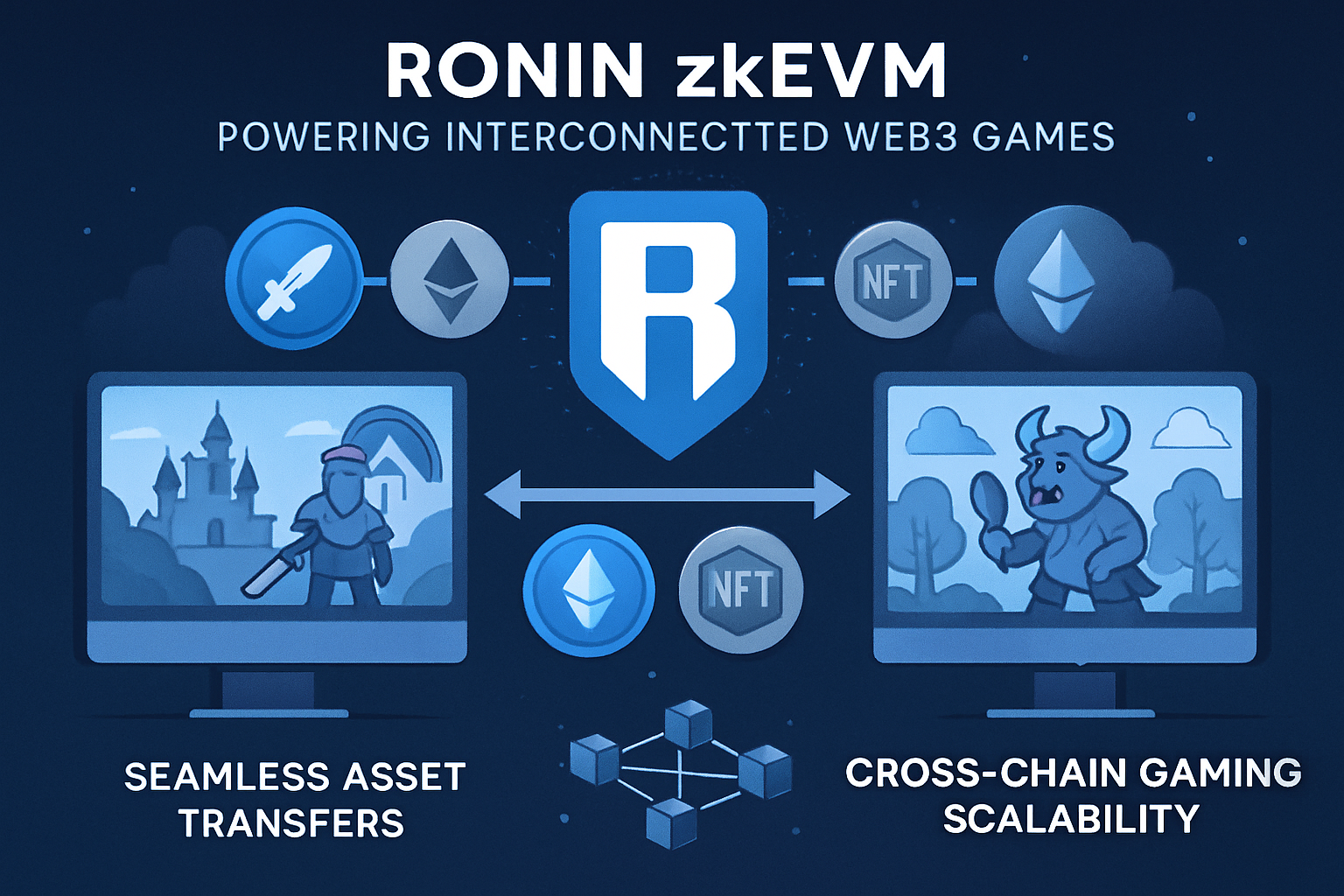
Developer adoption is accelerating as well. The ability to launch custom game chains on Ronin means studios can fine-tune their own L2 environments, optimizing for throughput, finality, or even unique tokenomics. This flexibility is attracting not just blockchain-native teams but also traditional game developers seeking entry into Web3 without sacrificing user experience or scalability.
Real-World Use Cases: Ronin zkEVM in Action
Recent months have seen a surge in on-chain activity as more games integrate with Ronin’s zkEVM architecture. According to Ronin’s official blog, transaction volumes have soared, with the network handling up to 40 million transactions per day. This is a direct response to studios deploying features like cross-game NFT trading and interoperable token economies, which would be unthinkable on legacy L1 chains due to cost and congestion.
Moreover, the Ronin OP Stack integration streamlines development workflows. Teams can tap into shared security and liquidity, while still customizing chain logic for their unique game mechanics. This modularity is already inspiring new genres and gameplay models, underscoring Ronin’s role as the backbone of next-gen Web3 gaming.
What’s Next for Ronin Rollup Technology?
Looking ahead, Ronin’s roadmap prioritizes even greater scalability and developer empowerment. The current 40 million daily transaction ceiling is just the beginning, with plans to scale into the hundreds of millions as new games and user bases onboard. This isn’t just technical ambition; it’s a necessity, given the explosive growth in Web3 gaming participants and the demand for seamless, real-time experiences.
Importantly, the network’s RON token continues to serve as both a utility and governance asset. At $0.4039, RON remains central to transaction fees and ecosystem incentives, aligning economic interests between players, developers, and validators. As more value flows through Ronin’s L2 chains, this dynamic is poised to strengthen, further cementing Ronin’s leadership position.
How Ronin zkEVM Rollups Enhance Player Experience
-
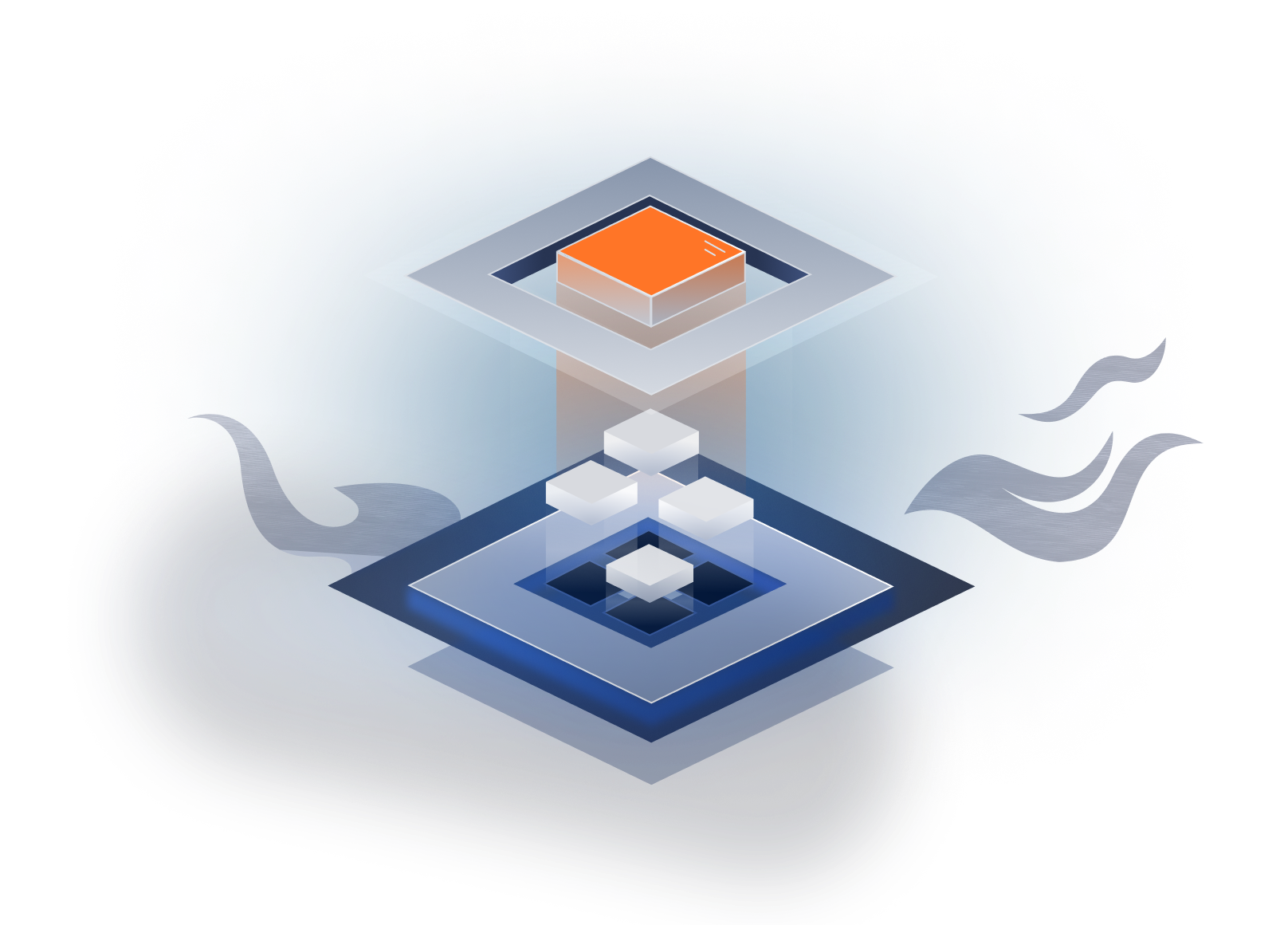
Seamless Cross-Game Asset Transfers: Ronin zkEVM enables effortless movement of assets, tokens, and NFTs across Layer 1 and Layer 2 games within the Ronin ecosystem, allowing players to trade and utilize their digital items without friction.
-
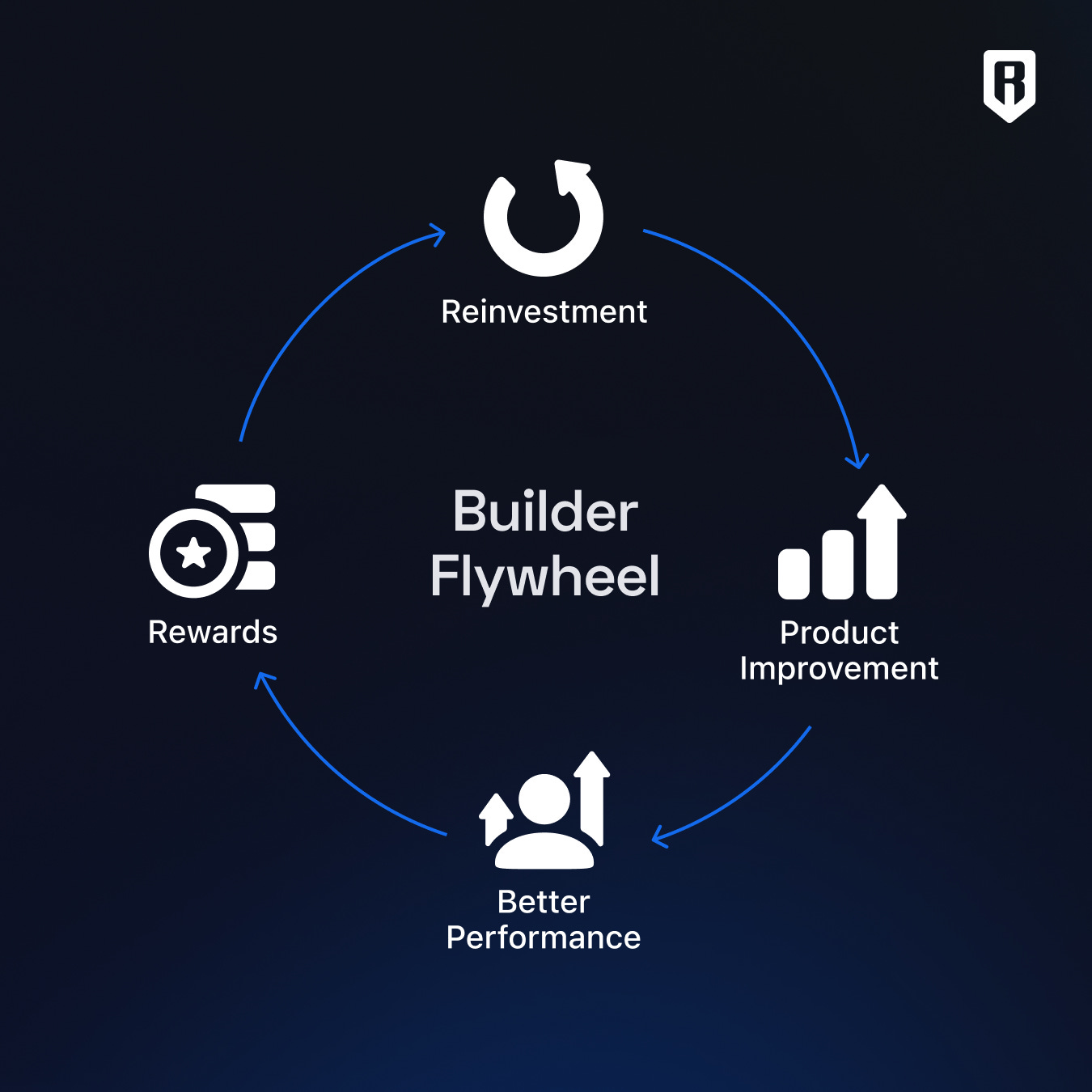
Ultra-Low Gas Fees and High Throughput: With the integration of zero-knowledge rollups, Ronin can now process up to 40 million transactions per day at minimal cost, making in-game actions and marketplace trades faster and more affordable for players.
-
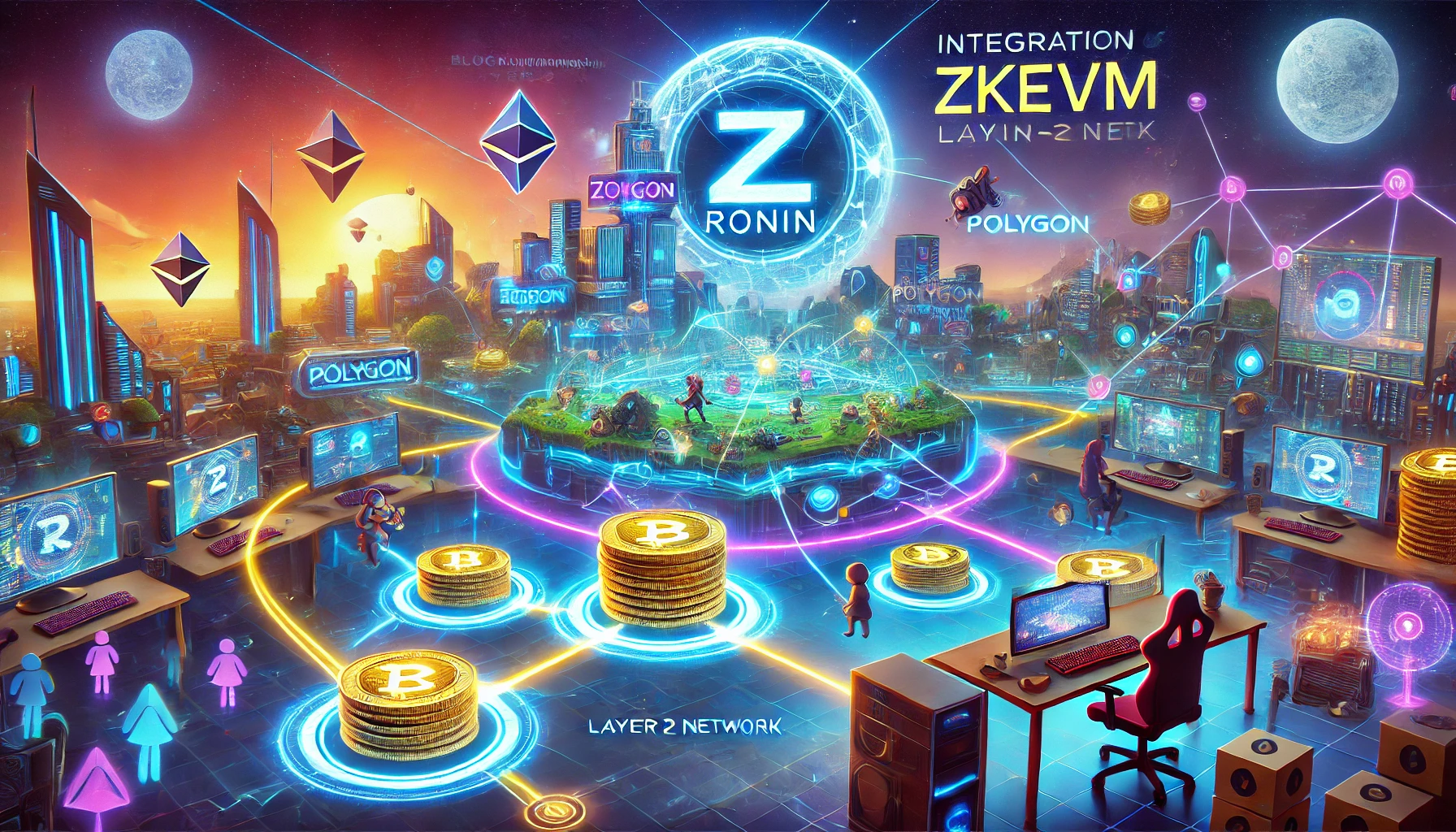
Enhanced Security and Decentralization: By allowing developers to build custom Layer 2 chains atop Ronin, zkEVM strengthens the network’s decentralization and security, providing players with a more robust and trustworthy gaming environment.
The convergence of zkEVM rollup technology, modular OP Stack architecture, and robust developer support is rapidly making Ronin the default settlement layer for high-volume Web3 games. As studios and players continue to migrate to scalable ecosystems, Ronin’s approach, rooted in real-world throughput and composability, offers a blueprint for blockchain gaming at global scale.
